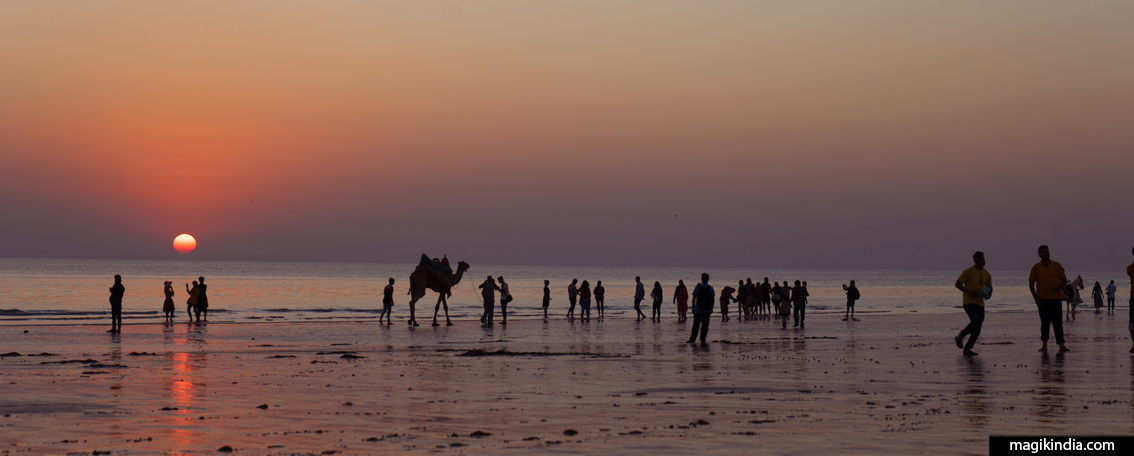
Mandvi, the sea at the end of the Kutch journey
Mandvi is a charming coastal town about sixty kilometers from Bhuj, the capital of the Kutch region in Gujarat. This is usually the last stop on the journey to Kutch. Travellers come here to have a relaxing break on its white sand beach before heading back to Ahmedabad. Mandvi was in the 18th century a flourishing port with a fleet of several hundred ships trading with East Africa, Malabar (present-day Kerala) and the Persian Gulf. From this past as a commercial port, Mandvi has kept shipyards specialising in the construction of traditional wooden boats, which are mainly exported to Arab countries.
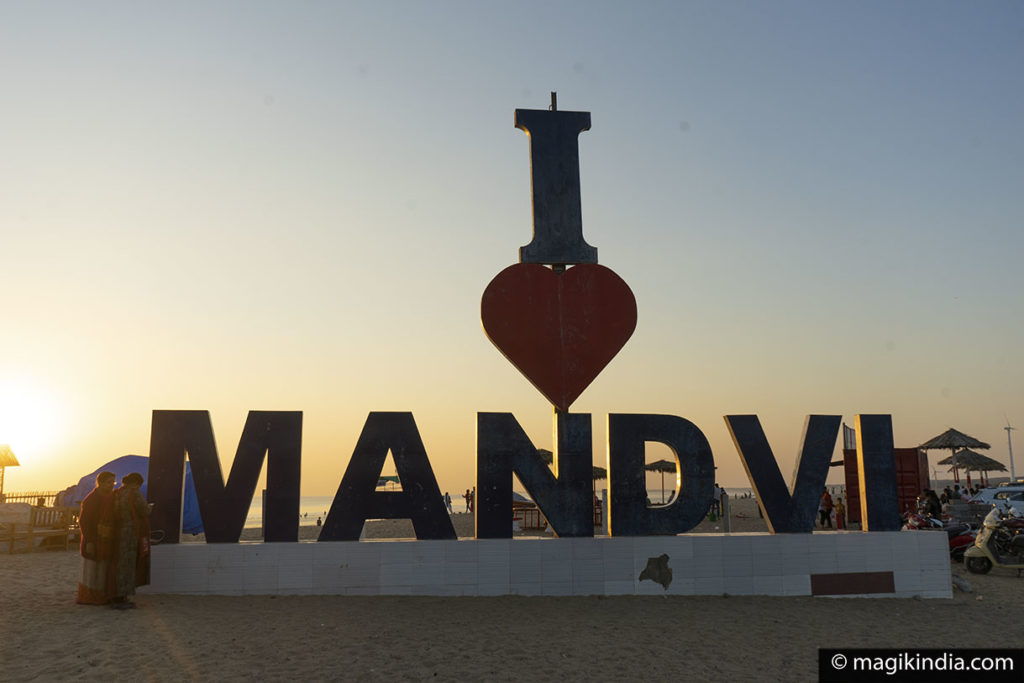
If the city was named after the sage Mandavya of the epic of the Mahabharata, who is said to have lived here, its creation dates back to 1580 under the reign of Khengarji I, a Rajpute Jadeja* of Morbi, Rao (king) of the Kutch region. After him, eighteen kings of this same dynasty will reign in Kutch until India becomes a republic in 1948. The descendants of the maharajas no longer have royal rights but still retain their aristocratic titles and many privileges among them, beautiful ancestral homes.
*Just as kings in Europe were legitimized by the will of God, the Jadeja rajpoutes claim to be descendants of Lord Krishna, one of the most revered gods of the Hindu Pantheon.
In Mandvi, the Jadejas left behind them the palace of Vijaya Vilas (see below) and vestiges of what used to be the thick ramparts that surrounded the entire city.
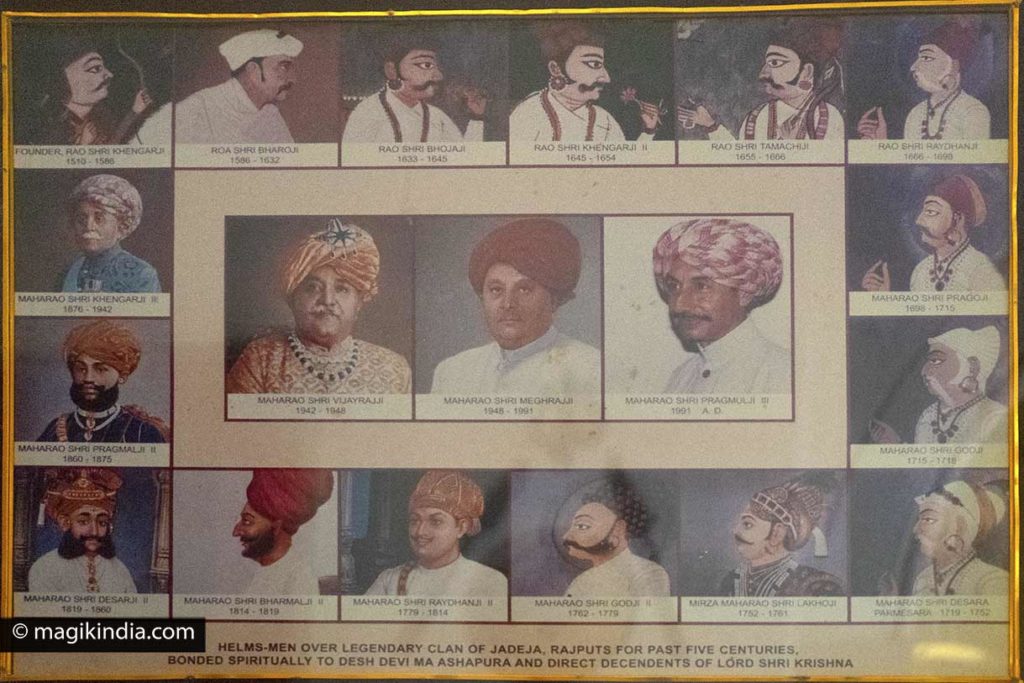
And now, let’s visit Mandvi!
Mandvi beach
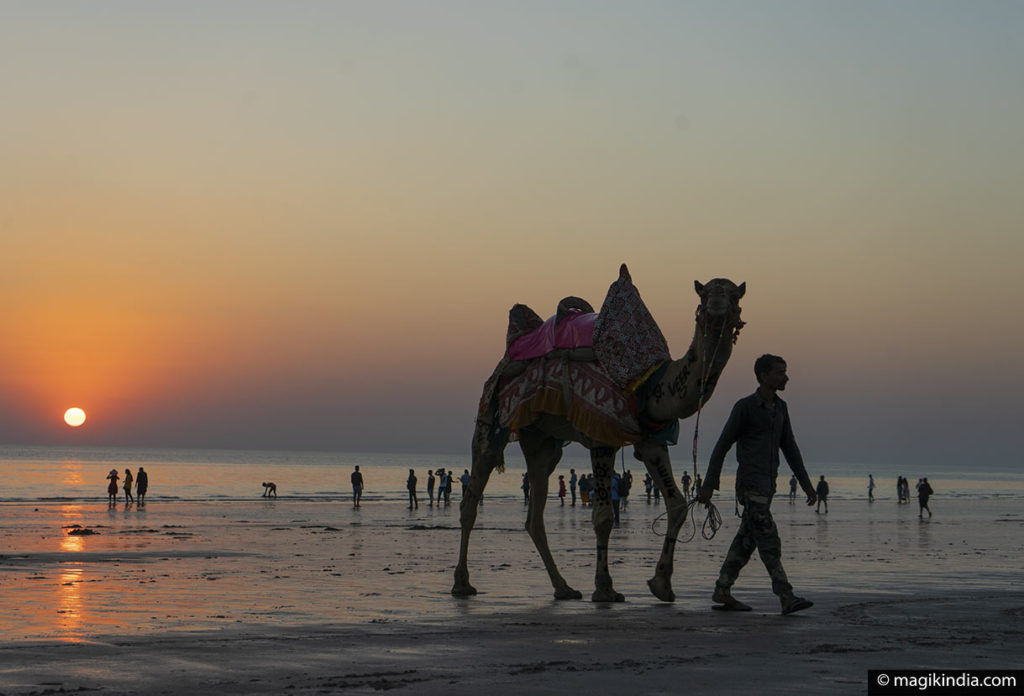
I arrived in Mandvi at the end of the day after a pleasant trip in the picturesque region of Kutch. My hotel overlooking the beach of Mandvi, I had only few step to do to watch the sunset over the sea with, like Chinese shadows, the Indians families, lovers but also the horses and camels. What a great start!
Swimming in Mandvi is green flag! The beach is clean and the sea calm. So don’t hesitate!
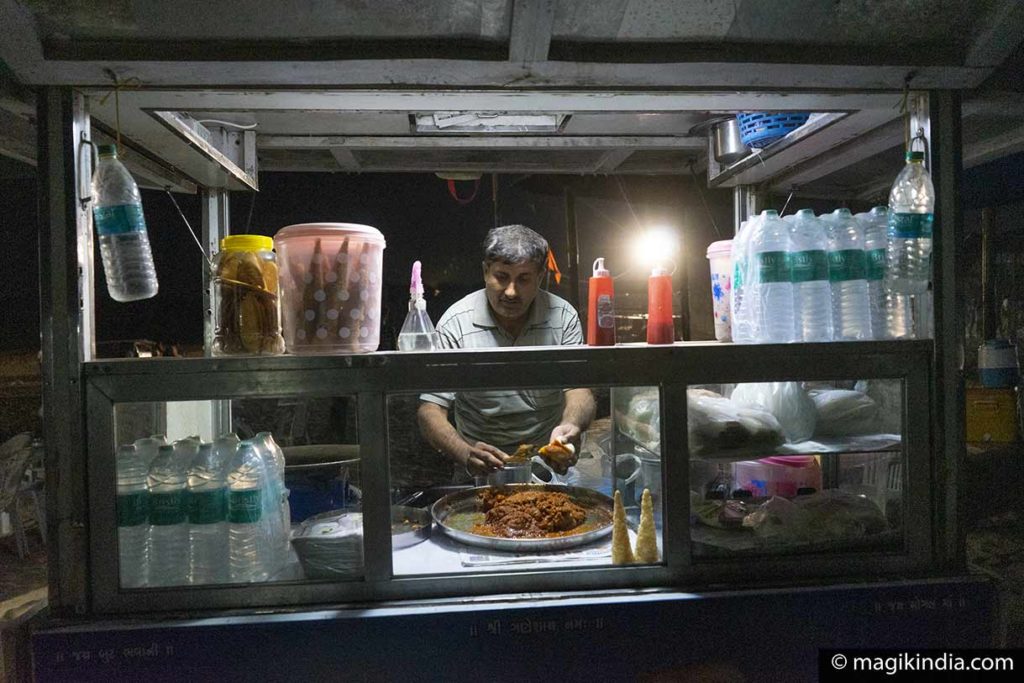
If your budget allows, I advise you to stay at the Serena Beach resort, it is the most chic hotel of Mandvi with beautifully decorated cottages, a swimming pool, abundant buffets and a large private sandy beach. The resort also offers Ayurvedic massages, which does not spoil anything.
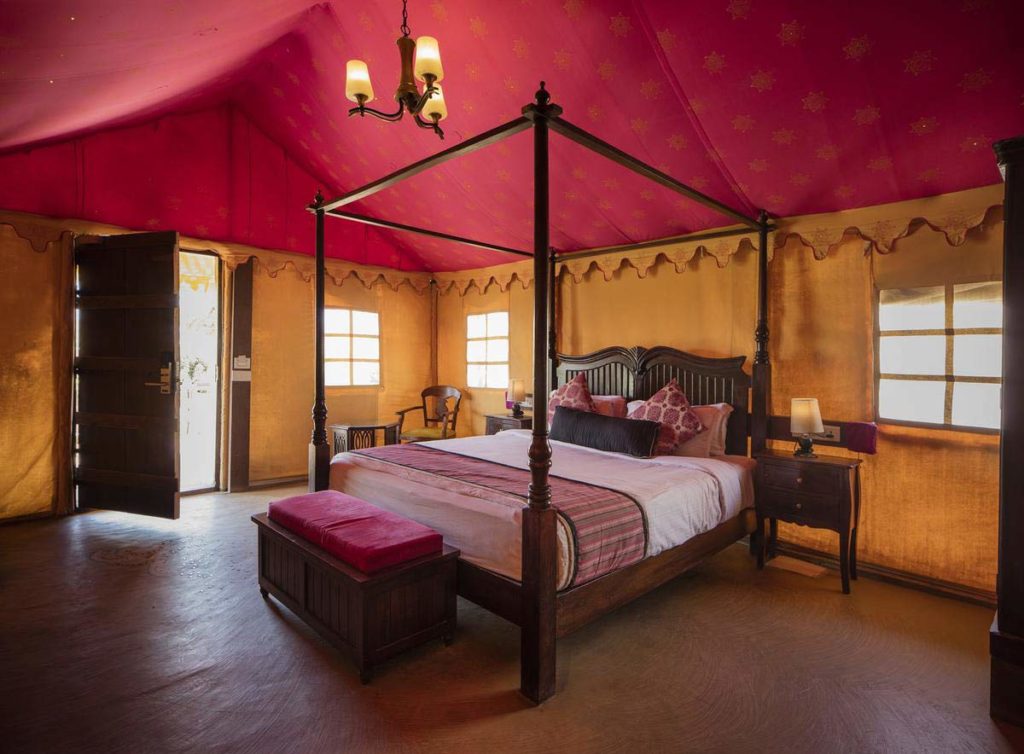
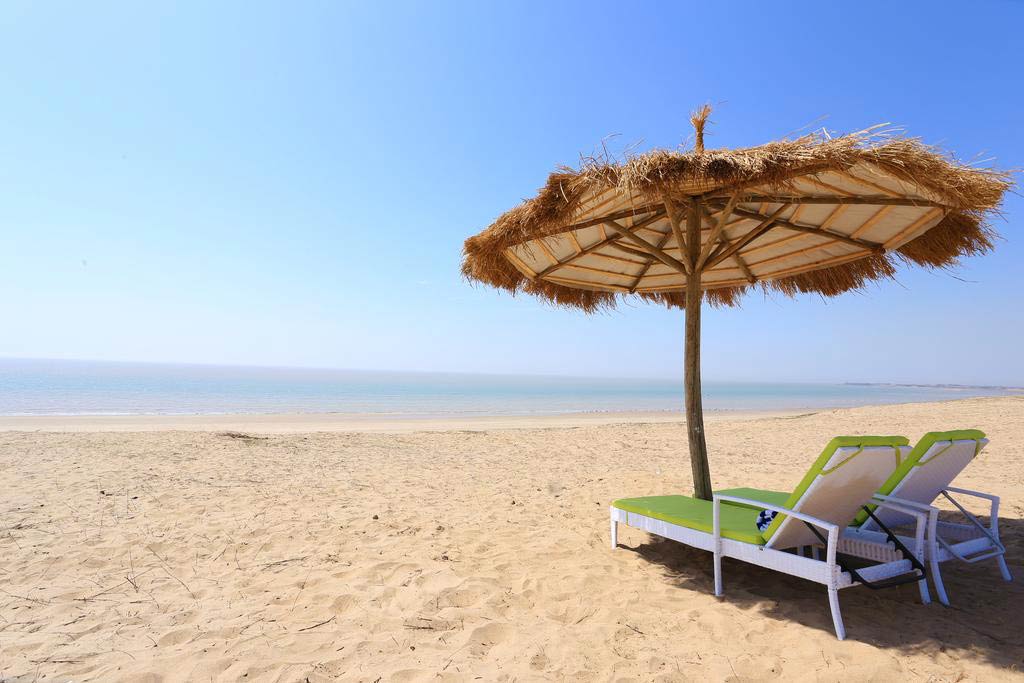
If you are on a tight budget, then the HV Beach Resorts hotel, by the beach, is ok for 1 or 2 days.
Vijay Vilas Palace
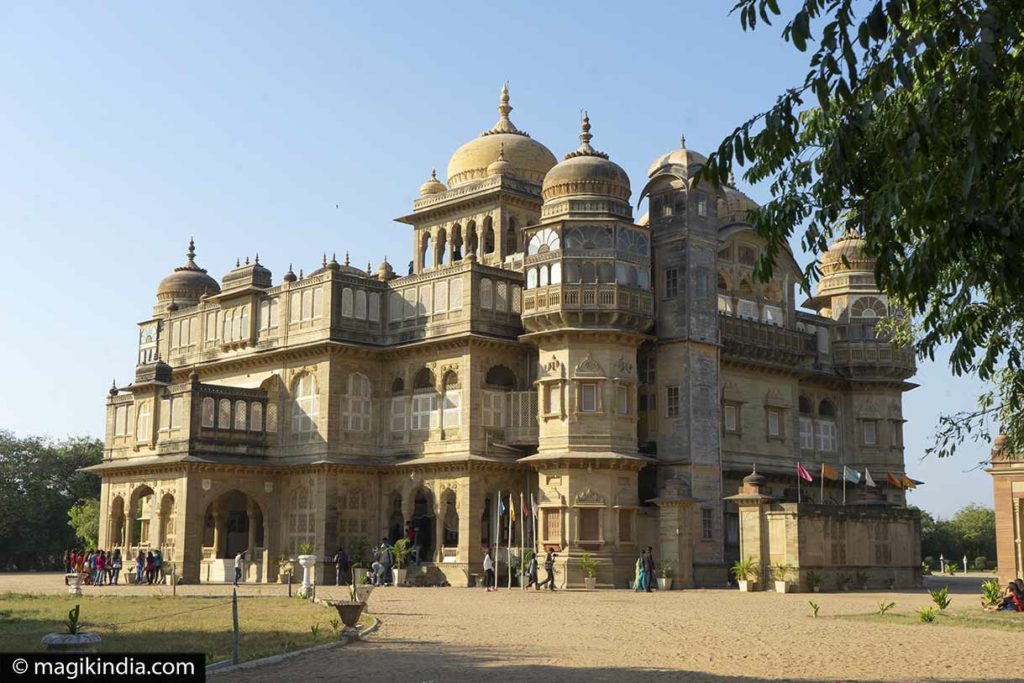
The other centre of interest in Mandvi is its Vijaya Vilas palace built from 1920 to 1929 by Maharao Shri Khengarji III, in a natural setting not far from the beach.

The sandstone building is Rajput inspired with beautiful jalis (openwork panels), art deco windows and some artistic touches from Bengal. The mixture of architectural style gives the palace a particular elegance so that many Bollywood movies have chosen this place as a backdrop. It is not uncommon either to meet young or future newlyweds who come to pose in this royal setting.
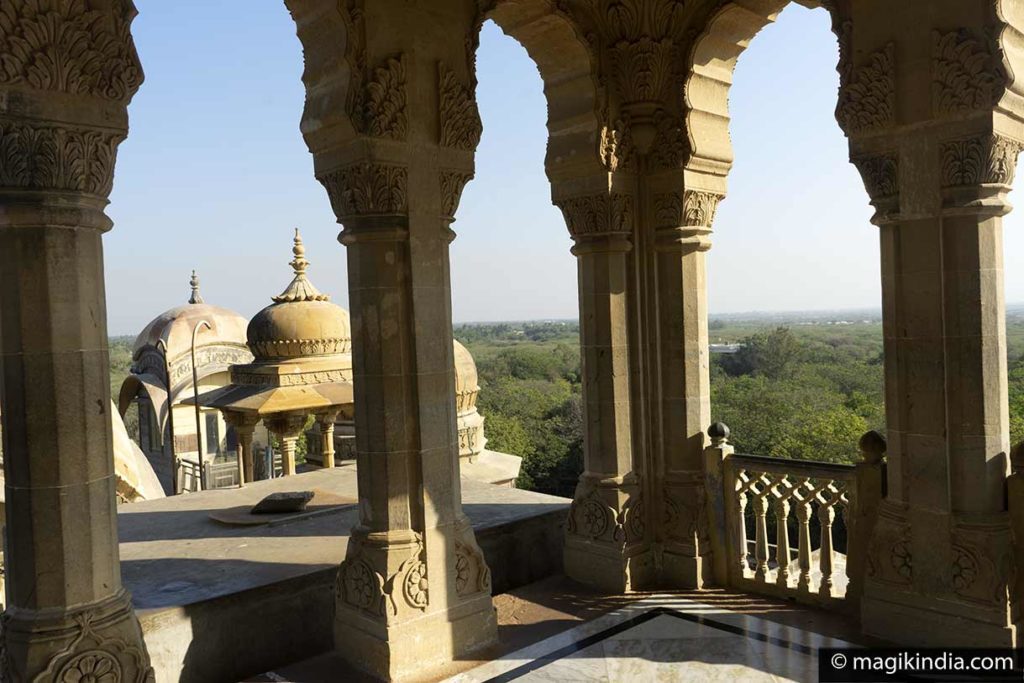
Two rooms are open to the public only, the living room, decorated in burgundy and cream tones, and the dining room with a long wooden table. The rest of the building is private and reserved for the Kutch royal family.
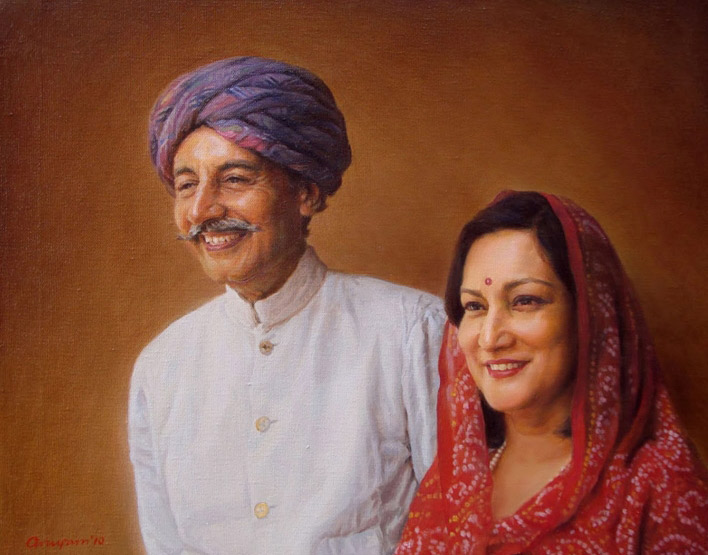
The palace was once used only as a second home by the Kutch royal family, but after the 2001 Gujarat earthquake, the Prag Mahal and Aina Mahal of Bhuj having been badly damaged, they moved into the Vijaya Vilas palace. That said, the royal couple also reside in Mumbai and London.
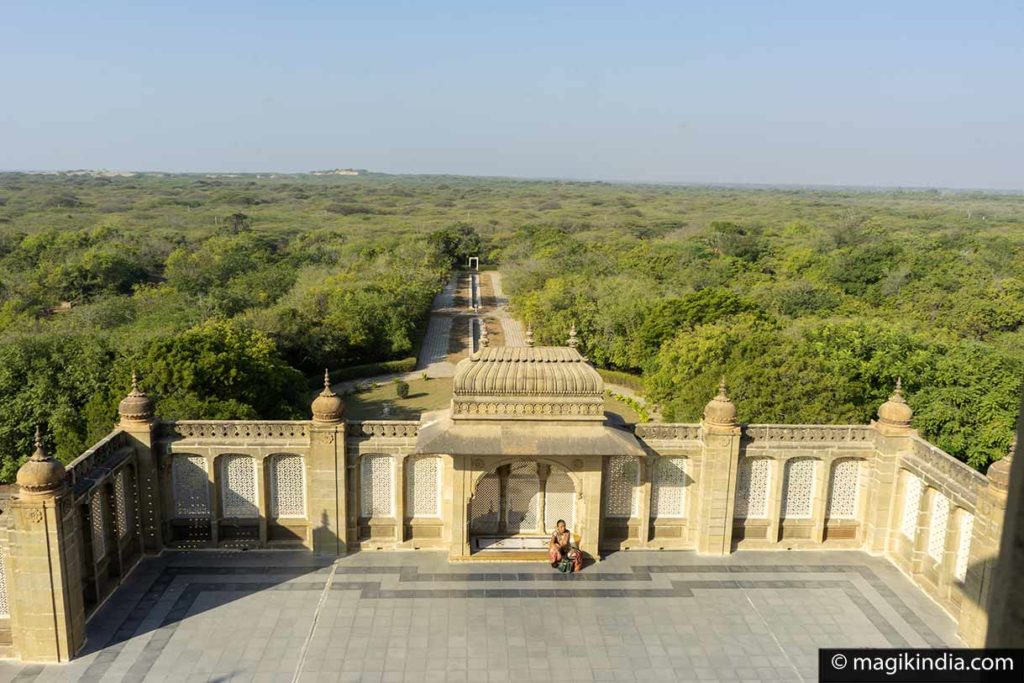
Previously, the palace offered a camp with furnished tents set up on its private beach, but according to the latest news (2018), this camp has been closed. To be continued…
Shipbuilding
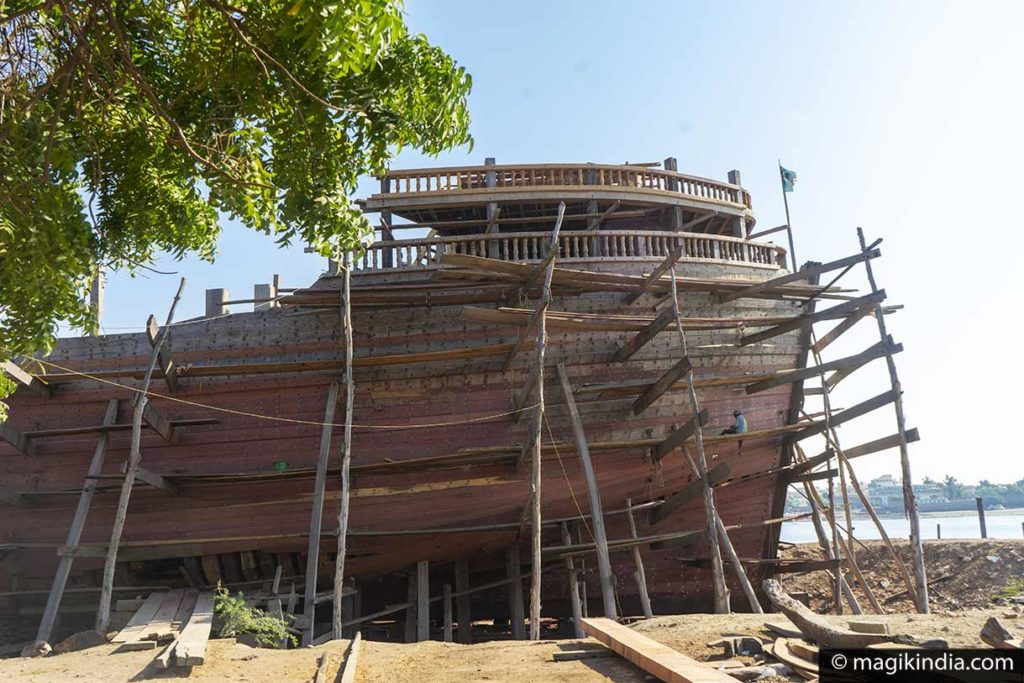
On the banks of the Rukmavati river, there is of the specificities of the city of Mandvi: shipbuilding. The sites are open to the public and it is therefore with complete freedom that you can wander around the boats to observe the craftsmen who assemble entirely by hand wooden ships called ‘dhow’.
Apart from a few modern tools such as the drill, the technique of building these vessels has hardly changed in 400 years. The trunks of sal and/or red gum wood, known to be solid and resistant, are cut into long planks which are planed and then carefully adjusted by hand around the frame of the boat.
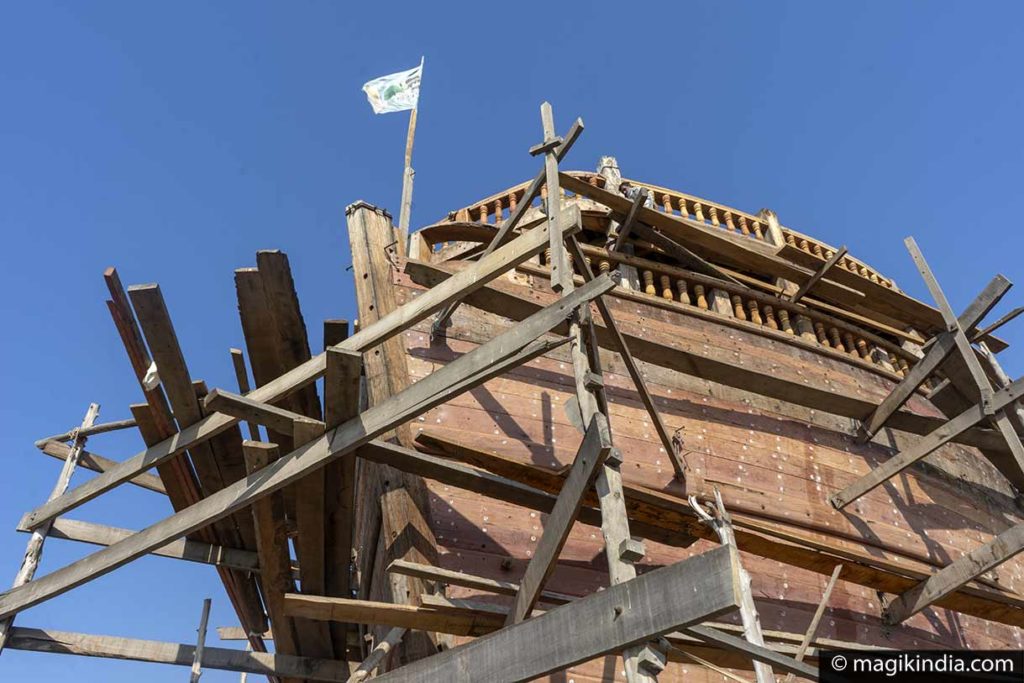
The vessels, with a capacity of up to 2,000 tonnes, are mainly intended for international markets for countries in East Africa (Kenya) and the Arabian Peninsula (Oman and Yemen).
Jain Temple 72 Jinalaya (10 km)
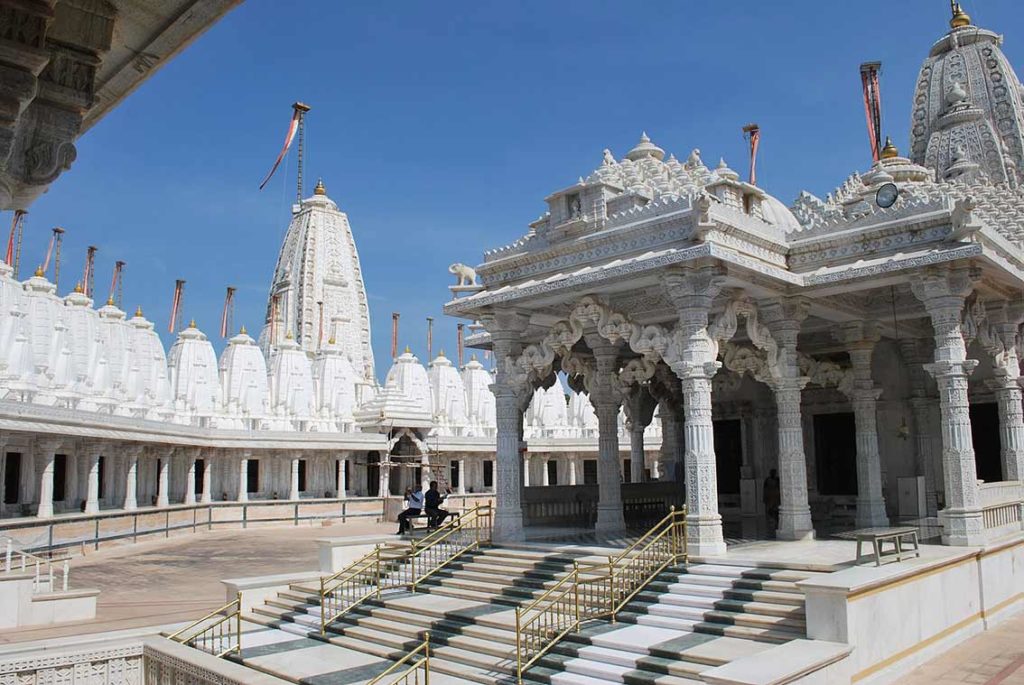
Recently built (1982), this Jain temple ’72 Jinalaya ‘also called’ Bauter Jinalaya’ is worth a visit. Like all temples of the Jain faith, it is richly carved in white marble with 72 small temples distributed around the Holy of Holies housing Mahavir, the 24th Tirthankar (Saint Jain). The complex is spread over 32 hectares and the immaculate white of the building produces a luminous and relaxing effect.

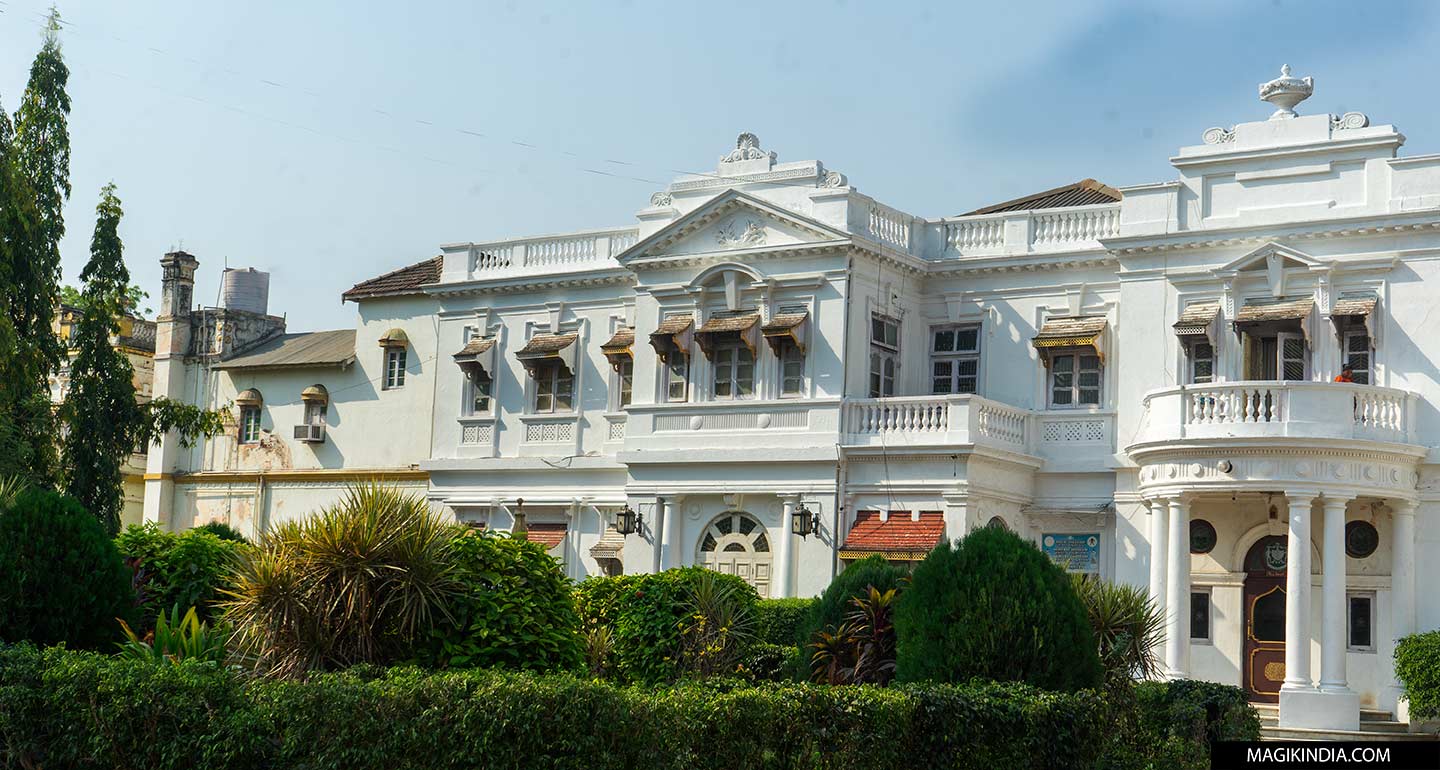

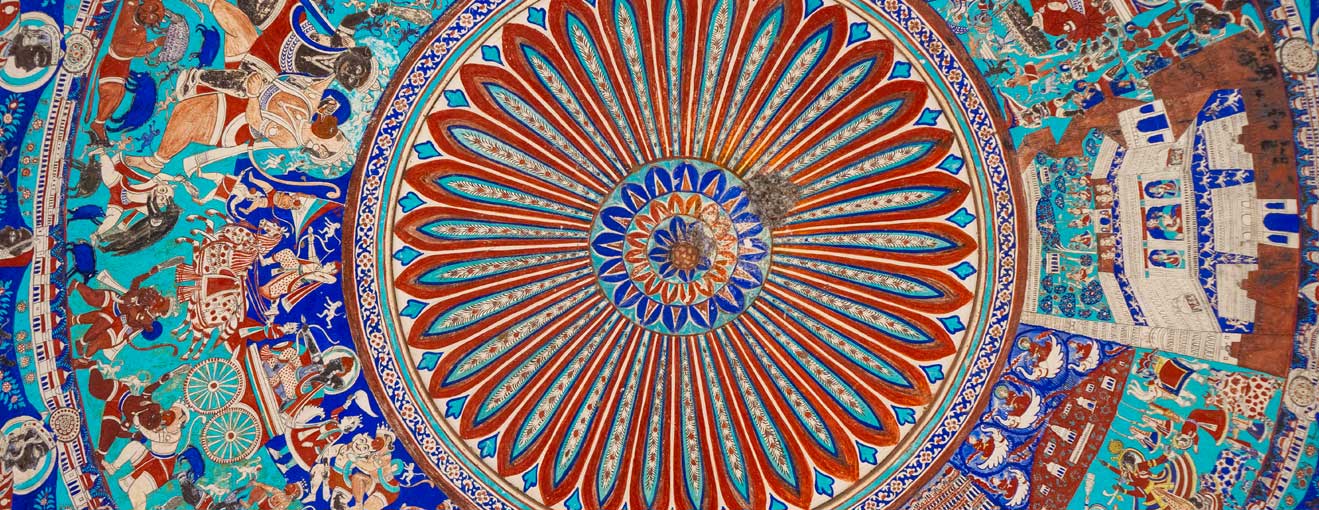

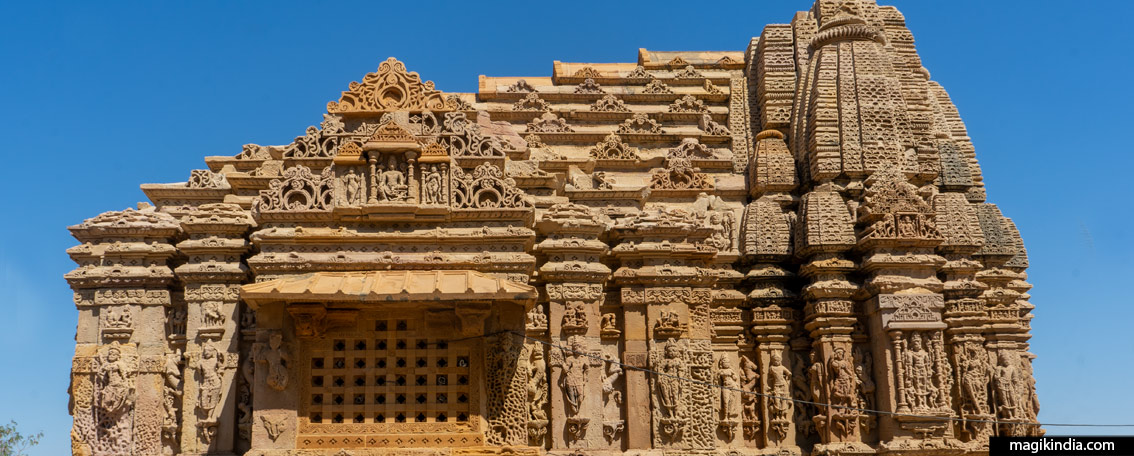

Wonderful blog. Beautiful photographs. I am in love with them all. Mandvi Seems like a must-visit the place to me. Let’s see when the plans materialize. Thanks for sharing this article 🙂
Hi Stella! Thanks for your kind message! let’s meet there one day! 😉